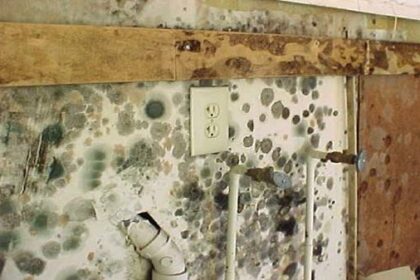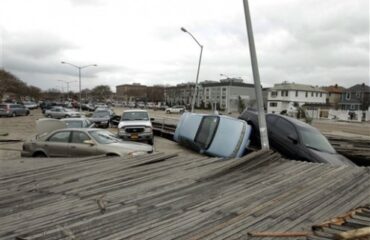
|
[header1]
MOLD FAQ – Mold Damage Recovery AssistanceWater Damage untreated properly or not Dried will form mold within 72hrs
The Florida Department of Health has developed this brochure to address some of the most common questions and concerns about indoor mold, how it affects human health, and ways in
|
|
Regardless of the type of damage that you have experienced in your home of comercial property a licensed public adjuster can help you collect more money on your insurance claim. [footer1] |




